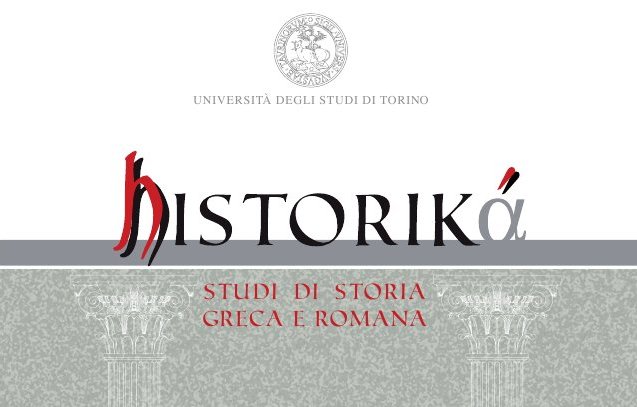Epigrafi, falsi e falsari tra antichità e rinascimento. Riflessioni intorno all’erma di Menandro
DOI:
https://doi.org/10.13135/2039-4985/1349Parole chiave:
Herm of Menander, Antiquity, Turin, inscription, Carlo Emanuele IAbstract
Presso il Museo di Antichità di Torino è conservata un’erma acefala di Menandro recante una lunga iscrizione greca composta da tredici linee di scrittura. La storia collezionistica dell’erma di Menandro si lega strettamente alla passione degli umanisti cinquecenteschi che ne fecero menzione per primi e insieme ricorda l’ambizione del duca Carlo Emanuele I di Savoia, che la fece giungere a Torino all’inizio del XVII secolo. Una rinnovata autopsia e una nuova edizione del testo hanno consentito di giungere a miglioramenti di lettura e a innovative conclusioni sulla storia del manufatto e del suo testo iscritto.
A headless herm of Menander is stored in the Museum of Antiquity of Turin. A long Greek inscription of thirteen lines is laying on. The modern history of Menander's herm begins with sixteenth century humanists who first mentioned it and recalls also the ambitious projects of Carlo Emanuele I, Duke of Savoy, who bought it in the early seventeenth century. A renewed autopsy and a new edition of the text led to reading improvements and innovative conclusions on the artifact's history and its inscribed text.
##submission.downloads##
Pubblicato
Fascicolo
Sezione
Licenza
Gli autori che pubblicano su questa rivista accettano le seguenti condizioni:
- Gli autori mantengono i diritti sulla loro opera e cedono alla rivista il diritto di prima pubblicazione dell'opera, contemporaneamente licenziata sotto una Licenza Creative Commons - Attribuzione che permette ad altri di condividere l'opera indicando la paternità intellettuale e la prima pubblicazione su questa rivista.
- Gli autori possono aderire ad altri accordi di licenza non esclusiva per la distribuzione della versione dell'opera pubblicata (es. depositarla in un archivio istituzionale o pubblicarla in una monografia), a patto di indicare che la prima pubblicazione è avvenuta su questa rivista.


 The journal has been approved for inclusion in DOAJ. The DOAJ listing of the journal is available at
The journal has been approved for inclusion in DOAJ. The DOAJ listing of the journal is available at 

